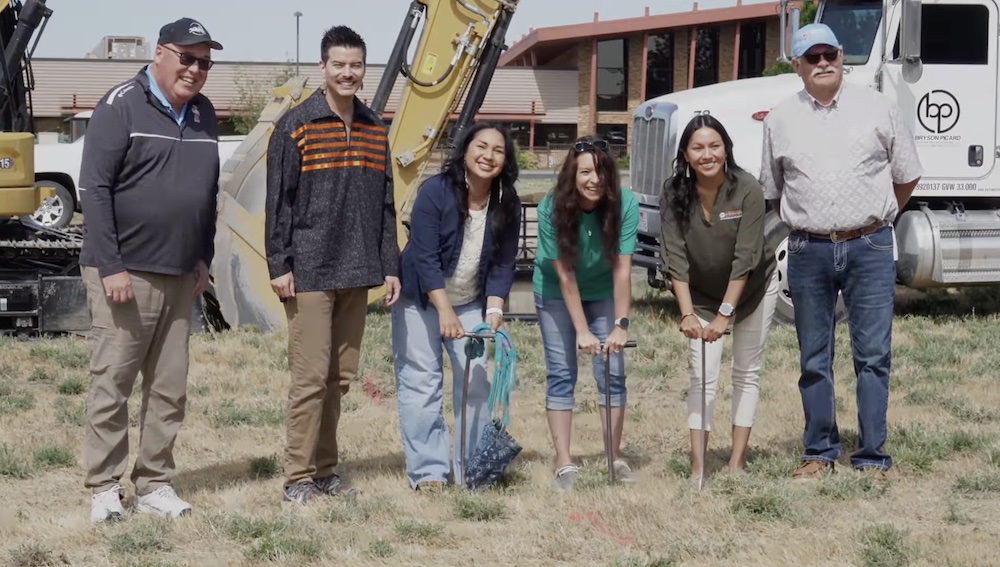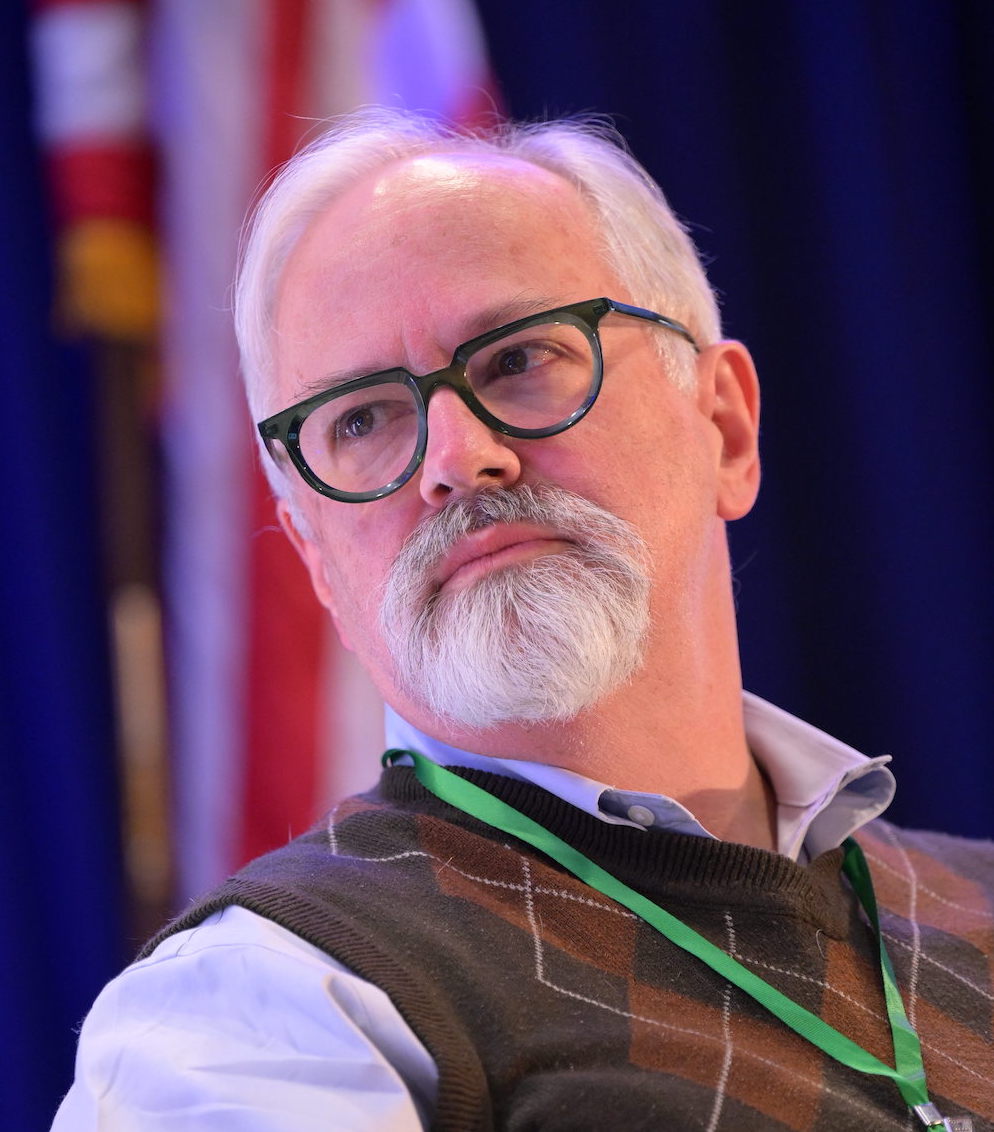
- Details
- By Brian Edwards
- Finance
The Mvskoke Fund CDFI recently finalized the largest loan in its history, using federal grant funding to help finance a Muscogee citizen-owned mechanic shop that’s expected to support 10 full-time employees within two years.
The $1.265 million grant — awarded through the Treasury’s Native CDFI Assistance (NACA) program — could be among the last of its kind.
Robby Deere, who leads the Okmulgee, Okla.-based Mvskoke Fund, a Native community development fund institution, is now facing the potential elimination of NACA — a vital funding stream that has fueled the growth of Native-owned businesses and supported tribal economies across Indian Country.
“NACA was instrumental early on — it was our first major source of lending capital,” Deere told Tribal Business News. “Before that, we were waiting on tribal investment or other opportunities that never came.”
With limited access to philanthropic funding and no private endowments to draw from, Mvskoke Fund — like many Native CDFIs — relies heavily on targeted federal programs to serve borrowers in communities where traditional lenders often don’t operate. Without NACA’s capital, Deere said, his organization may struggle to meet the needs of the Muscogee Nation’s 103,000 tribal citizens — many of whom rely on small business and agribusiness loans in areas where mainstream banks have historically avoided lending.
Deere’s predicament reflects a broader crisis facing Native lenders across the country. The Trump administration has signaled it will obligate just $4 million of the $28 million Congress approved for fiscal year 2025 for the NACA program — effectively withholding 86% of the congressionally approved funding that many Native CDFIs rely on for lending capital and operational support.
The threat doesn’t stop there. In its fiscal 2026 budget proposal, the administration has eliminated NACA funding entirely and proposed folding Native CDFIs into a $100 million rural funding pool, where they would compete against better-resourced institutions that don’t face the unique legal, geographic, and cultural barriers of operating in Indian Country.
CDFIs demonstrate strong returns on federal investment, leveraging an estimated 8-to-1 match in outside capital — turning modest seed money into millions for housing, small businesses, land acquisition, and jobs.
Native CDFIs channel a large amount of their lending to Native-owned small businesses, making them crucial to economic development in tribal communities. “Without the Native small businesses, you don't really have a tribal economy,” said Pete Upton, CEO of the nonprofit Native CDFI Network.
The institutions fill a critical gap in Indian Country, where a 2024 study by the Philadelphia Federal Reserve found that 46% of areas remain banking deserts — 12 times the national average of 3.8% — with no financial institutions operating in those areas. Native CDFIs operate with lean teams and deep cultural knowledge in communities where traditional risk metrics often fail to capture on-the-ground realities.
Dave Tovey's experience at Nixyáawii Community Financial Services on the Umatilla Reservation illustrates how effectively NACA funding works at different stages of institutional development. The Pendleton, Ore.-based Native CDFI first received technical assistance grants when the organization was still emerging, funding that proved crucial for basic capacity building.
“We used it for a lot of startup expenses,” Tovey explained. The technical assistance helped cover essential infrastructure costs including staff salaries, technology systems, and compliance requirements needed to become a federally certified CDFI. “I don't know if we could have gotten started without them,” Tovey said.
After achieving certification, Nixyáawii Community Financial Services received $2 million in financial assistance in the most recent NACA funding round. That capital injection helped bridge operations as his team took over a 50-year-old tribal lending program serving 1,100 borrowers.
His CDFI is also constructing six family homes this year and developing a six-slot food truck park next to his office, complete with a training food trailer and commissary kitchen to help aspiring Native food entrepreneurs test their concepts before committing to larger investments.
But the funding ecosystem supporting Native CDFIs is already under pressure. Tovey has also received support from a state-run small business program in Oregon, but that funding is set to expire this year. While he had hoped the legislature might extend it, the broader federal cuts make that less likely, creating a vicious cycle in which states hesitate to invest in programs that lack stable federal backing.
The success of programs like NACA represents more than two decades of progress building Native-controlled financial institutions.The program was created in 2001 following the CDFI Fund’s “Native American Lending Study,” a Congressional mandate that documented systemic financial exclusion in Indian Country. At that time, only a handful of Native lenders existed. Today, 69 federally certified Native CDFIs plus three dozen emerging institutions serve tribal nations and urban Native communities across the country.
Most Native CDFIs manage portfolios under $6 million with four or fewer full-time staff, according to a recent study by the Center for Indian Country Development at the Federal Reserve Bank of Minneapolis. They operate on tribal trust lands where title is often unclear, navigate complex tribal legal systems, and serve remote communities that mainstream banks consider unprofitable.
Upton warns the proposed rural bucket approach would be devastating for Native lenders. “I think it would be very difficult and challenging for Native CDFIs to compete if they did away with the NACA program,” Upton said.
The proposed elimination would force many Native CDFIs to compete in general funding rounds where they have historically struggled. Under the New Markets Tax Credit program, for example, Native-led groups captured less than 0.004% of total awards when forced to compete against larger institutions.
Both Deere and Tovey show how NACA funding has helped launch and grow Native CDFIs with early-stage support. These institutions navigate barriers uncommon elsewhere, lending in underserved areas traditional banks avoid. Yet with targeted federal backing through NACA, Native CDFIs have consistently delivered strong results, Upton said.
“Native CDFIs align perfectly with the administration's stated goals of using the CDFI Fund for seed capital,” Upton said. “We don't need a new solution; we simply need continued investment in the one that is already working.”
In a letter to federal officials, the Native CDFI Network and more than 50 Native organizations warned that eliminating the NACA program could force many new lenders to shut down, undermining a system built to serve communities long excluded from mainstream finance.
Tribal Business News reached out to the Treasury for comment on this story, but had not heard back when the story went live.
